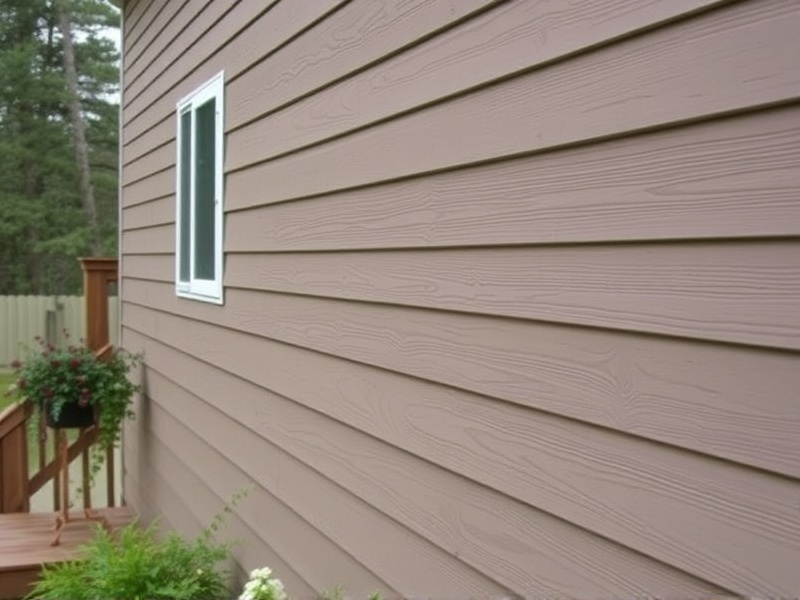Our Location
304 North Cardinal St.
Dorchester Center, MA 02124
Discover how composite decking can be used as siding to improve your home’s aesthetic appeal and durability while reducing maintenance.

In recent years, there has been a significant shift towards using composite decking for siding applications. Traditionally, siding materials such as wood, vinyl, and aluminum have dominated the market due to their cost-effectiveness and ease of installation. However, with advancements in composite technology, this innovative material is now being recognized for its unique set of advantages that make it an attractive alternative or even a superior choice compared to traditional siding options.
One of the primary reasons homeowners are opting for composite decking as siding is its long-term cost-effectiveness. While the initial investment may be higher than that of traditional siding materials, composite decking offers significant savings over time due to its durability and minimal maintenance requirements. Unlike wood, which requires frequent painting, staining, and sealing, composite decking is resistant to rot, decay, and insect damage. This longevity translates into fewer repairs and replacements, leading to lower overall costs. According to a study by the National Association of Home Builders (NAHB), composite siding can last up to 50 years with proper care, significantly outlasting many traditional siding materials (NAHB).
Another compelling advantage of composite decking for siding is its low-maintenance profile. Wood siding, although aesthetically pleasing, demands regular upkeep to maintain its appearance and structural integrity. This includes periodic sanding, painting, and treating to prevent moisture damage and rot. In contrast, composite decking requires little more than occasional cleaning with mild soap and water. This makes it an ideal choice for busy homeowners or those who prefer a hassle-free exterior solution. The reduced need for maintenance also means less exposure to potentially harmful chemicals used in traditional wood treatments.
Composite decking offers a wide range of aesthetic options that can enhance the curb appeal of any property. Manufacturers now offer a variety of colors, textures, and finishes that mimic natural wood while providing enhanced resistance to fading and weathering. This versatility allows homeowners to choose a look that complements their home’s architecture without sacrificing durability. For instance, some composite decking products feature realistic wood grain patterns and multiple hues that create a dynamic visual effect. Moreover, composite decking can be easily installed to achieve smooth, seamless walls, offering a modern and sophisticated appearance that appeals to contemporary design sensibilities.
When compared to traditional siding materials, composite decking stands out for its combination of aesthetics, durability, and environmental friendliness. Wood siding, though beautiful, requires extensive maintenance and is susceptible to environmental factors like moisture and pests. Vinyl siding, while low-maintenance, lacks the natural look and warmth of wood. Aluminum siding is durable but can dent easily and conducts heat, making it less energy-efficient. Composite decking combines the best attributes of these materials, offering a sustainable, low-maintenance option that resists warping, cracking, and fading.
Several successful installations of composite decking as siding have demonstrated its effectiveness and popularity. For example, the renovation of a historic home in Portland, Oregon, utilized Trex composite decking for its exterior walls, resulting in a stunning transformation that preserved the building’s character while enhancing its longevity and sustainability (Trex). Similarly, a contemporary residence in California opted for Fiberon composite decking for its siding, achieving a sleek, modern look that required minimal upkeep and stood up well against the region’s harsh climate (Fiberon).